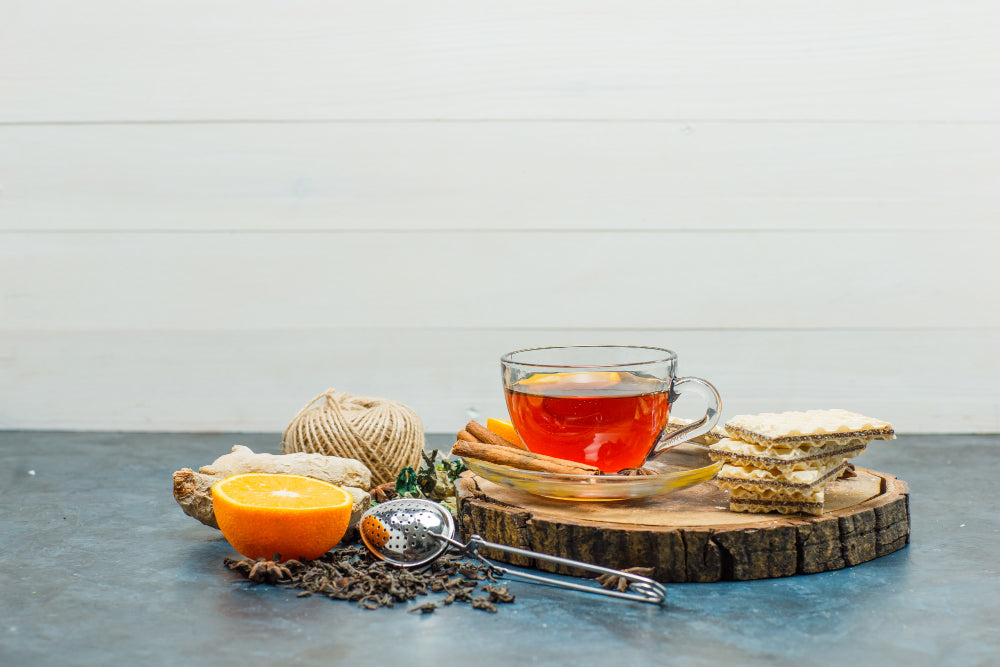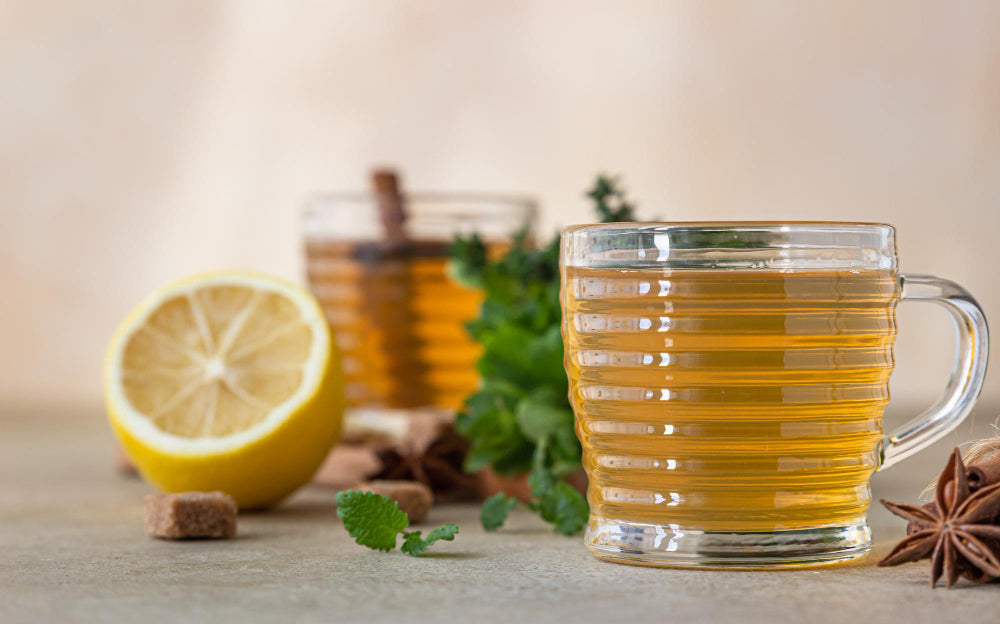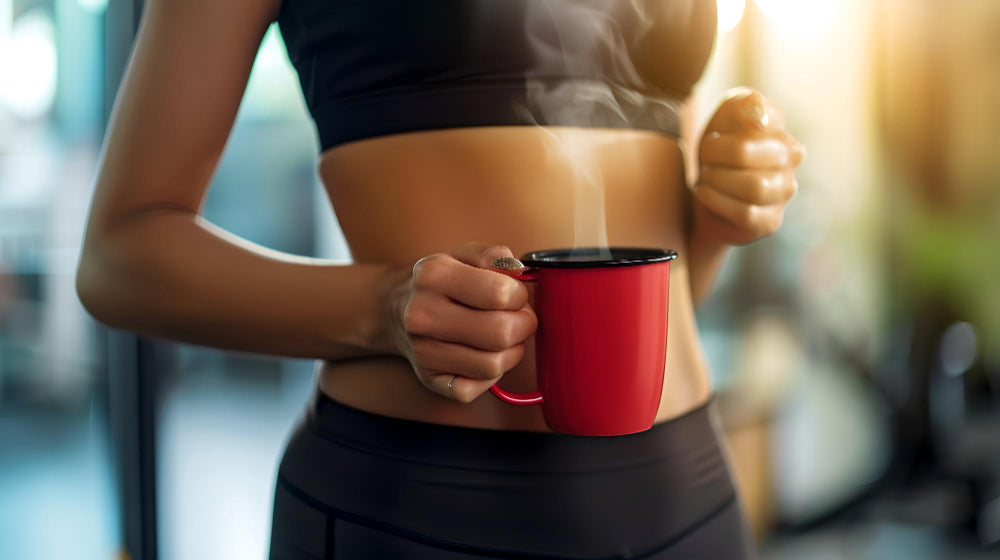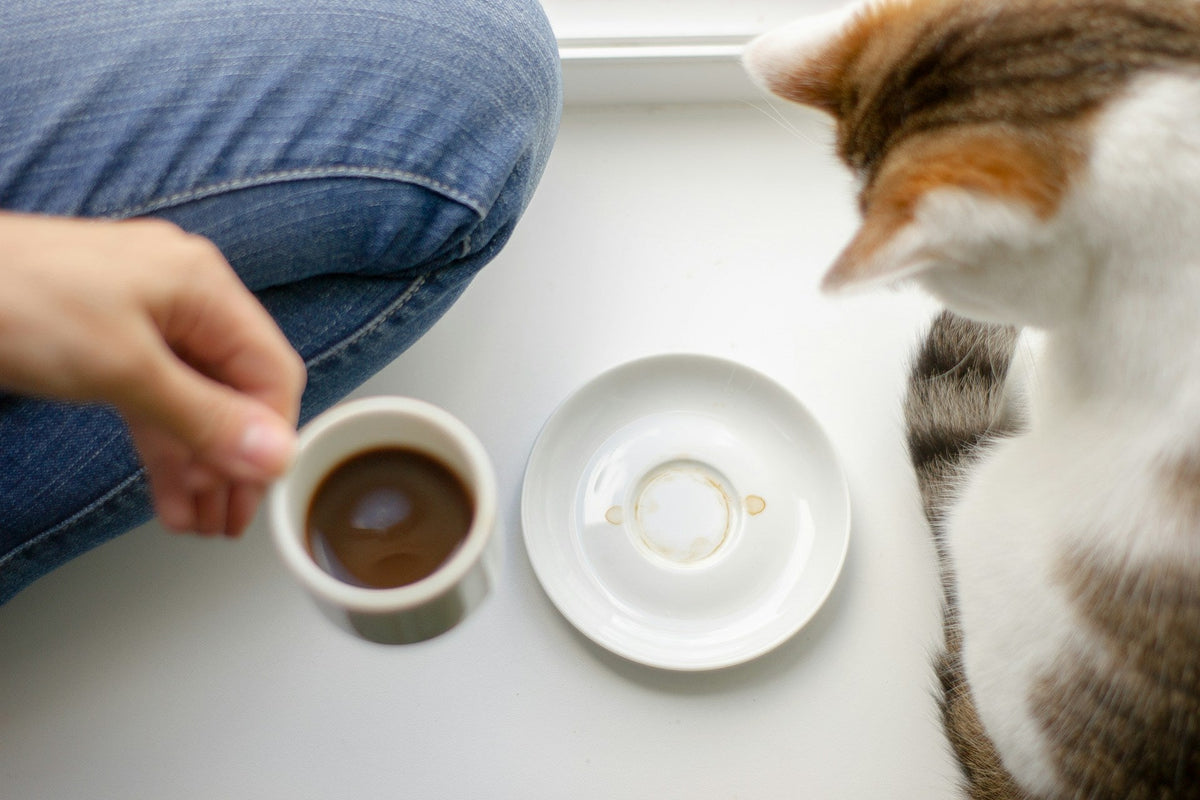What Is British Tea? History, Culture, and Why It’s Still Loved Today

When someone says “British tea,” what comes to mind? A warm cup with milk? A fancy afternoon tea with scones? Or just a quiet moment in your day?
In the UK, tea isn’t just a drink, it’s part of life. It’s how people start their morning, take a break, or wind down. Let’s look at what makes British tea special, how it started, and why it’s still loved all over the world.
So... What Is British Tea?
“British Tea” usually means strong, black tea. It’s often served hot, with milk, and sometimes sugar. Common types include:
English Breakfast
This is your classic, no-nonsense black tea. It’s strong, smooth, and meant to wake you up. Most people enjoy it with milk—and maybe sugar too. If you’re just getting into tea or need something to replace your morning coffee, this one’s a safe (and tasty) bet.
Assam
Grown in India’s Assam region, this tea is rich, malty, and bold. It’s the kind of tea that makes you feel grounded. Great for mornings or whenever you need a strong cup that holds up well with milk. Think of it as the deeper, more intense cousin of English Breakfast.
Darjeeling
Lighter, more floral, and a little fruity—Darjeeling Tea is often called the “champagne of teas.” It’s grown high up in the Indian Himalayas and has a unique, delicate flavor. Best enjoyed on its own, without milk. Perfect for slow afternoons or when you want something a bit more refined.
Earl Grey
Black tea with a twist—literally. Earl Grey Tea is flavored with bergamot, a citrus fruit, which gives it a soft, slightly fragrant taste. It’s smooth and calming, often enjoyed in the afternoon. Some like it with a splash of milk, others with lemon. Either way, it feels fancy (in a good way).
Some people prefer tea bags for convenience, others go for loose leaves to get that deeper flavor. Either way, the ritual is the same. Boil the water, steep the tea, and enjoy.
A Quick Look at the History
Tea came to Britain in the 1600s. At first, it was expensive and only the rich could afford it. But over time, it became a drink for everyone.
In the 1800s, a woman named Anna, Duchess of Bedford, started the tradition of afternoon tea—a little snack and a cup of tea between lunch and dinner. It caught on fast. By the 1900s, tea was everywhere—from posh parlors to factory floors.
Want to learn more? The UK Tea & Infusions Association has a great summary of how tea became part of British life.
How People in the UK Enjoy Tea Today
Tea is still a big deal in the UK, but it’s not always formal. Here's how people usually drink it:
-
Morning: A strong black tea like English Breakfast or Assam
-
Afternoon: A lighter tea like Darjeeling or Earl Grey, sometimes with cake or biscuits
-
Evening: Something decaf or herbal, just to relax
And yes, many still say things like “Fancy a cuppa?” or “Put the kettle on.” It’s more than tea—it’s comfort.
Popular Types of British Tea
Here are a few common types and when people usually drink them:
|
Tea |
Flavor |
When to Drink |
|
English Breakfast |
Bold, smooth, strong |
Morning |
|
Assam |
Malty, rich, full-bodied |
Anytime |
|
Darjeeling |
Light, floral, slightly sweet |
Afternoon |
|
Earl Grey |
Citrus (bergamot), soft |
Afternoon or evening |
Want a recommendation? Check out our top English Breakfast teas.
Why People Still Love British Tea
There’s something timeless about it. British tea isn’t trendy—it’s reliable.
-
It’s easy to make
-
It suits every mood
- It feels cozy and familiar
-
It brings people together
Whether you're having a quiet cup alone or sharing one with friends, tea fits in.
Want to Start Your Own Tea Habit?
It’s easy. You don’t need fancy teapots or a scone tower. Just:
-
Boil fresh water
-
Steep your favorite black tea (3–5 minutes)
-
Add milk if you like
-
Sip and relax
Start with breakfast tea, or try a few blends to see what you enjoy most.
One Last Sip
British tea has been around for centuries—and it’s not going anywhere. It’s simple, comforting, and loved by millions.
If you want to experience the tradition yourself, check out our collection of real, quality British teas and find the one that feels just right for you.
FAQs About British Tea
Q: Is British tea always black tea?
Not always, but most traditional British teas are black—like English Breakfast, Earl Grey, and Assam.
Q: Do British people really drink tea with milk?
Yes! It’s very common. Most Brits add a splash of milk to black tea, especially stronger ones like English Breakfast.
Q: What’s the difference between English Breakfast and Earl Grey?
English Breakfast is stronger and malty. Earl Grey is smoother with a citrusy twist from bergamot.
Q: Can I enjoy British tea without milk?
Absolutely. Teas like Darjeeling or Earl Grey are often enjoyed without milk for a lighter, more delicate flavor.
Q: What’s the best time to drink British tea?
Morning for stronger teas like English Breakfast or Assam, and afternoon for lighter ones like Darjeeling or Earl Grey.



1 comment
I was born in England but married a Japanese man. We had a boy in Japan and became a u.s. citizen.
Am I allowed to be British again?